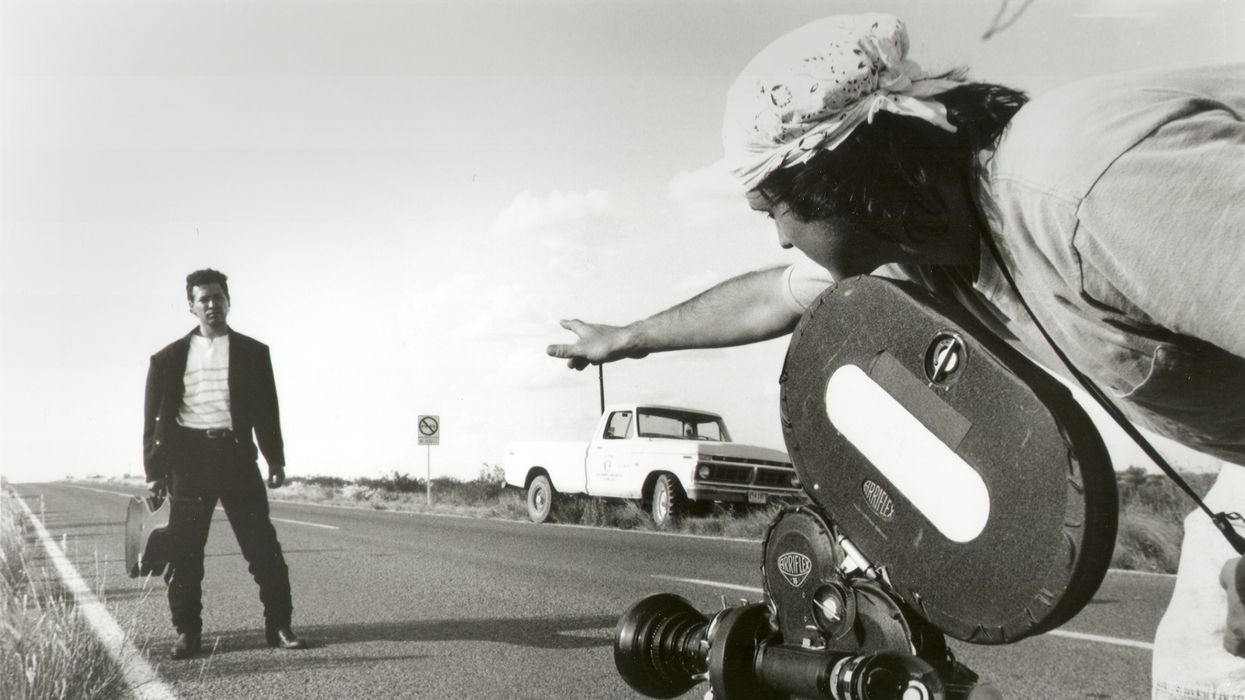Trying to make a movie without having any money is certainly a challenge, but it's one that can push us to the limit of our creativity. Some of our greatest directors started out in the low-budget indie sector, and in this video by The Royal Ocean Film Society, we get to look at the early films of Robert Rodriguez, Christopher Nolan, and Richard Linklater to learn the techniques they used to make fantastic low-budget cinema with limited resources.
Here are some takeaways from the video:
- Shoot black and white: It can actually be easier to manage.
- Try not to use guns: According to Christopher Nolan, they more often than not look too fake. Use a hammer or something.
- Take stock of what you have and make a movie about it: Just looking around my office I've got handcuffs, an old Kodak Duaflex II, and an interesting crawl space inside a closet. Boom! Movie about a serial killer who handcuffs his victims inside a crawl space and takes photos of them right before he kills them.
- Film something that hasn't been seen before: It doesn't have to be spectacular or weird. It could be your own neighborhood, a mom and pop store, or the roller derby scene in your town.
- Be disciplined: It's hard to be prepared and intentional when shooting digital, but it's good practice.
- Don't take things so seriously: We're not performing life saving surgeries here, we're makin' movies. Being overly severe to the point that you're not enjoying yourself or having fun might mean that your audience won't enjoy it or have any fun either.

Of course, there are many other things you can do to keep costs down. You can have a cast and crew full of your friends and family, borrow a camera or just use your smartphone, take advantage of available light (the sun, windows, etc.), use free NLEs for editing, and so much more.
What are some things you do to make films without many resources? Let us know in the comments below!
Source: Royal Ocean Film Society














